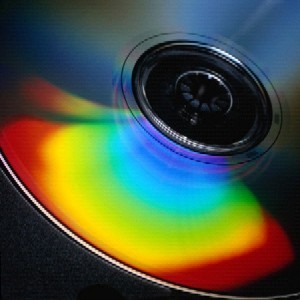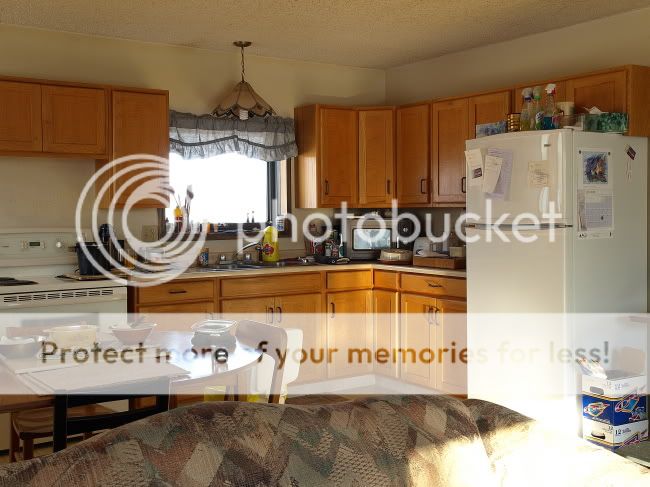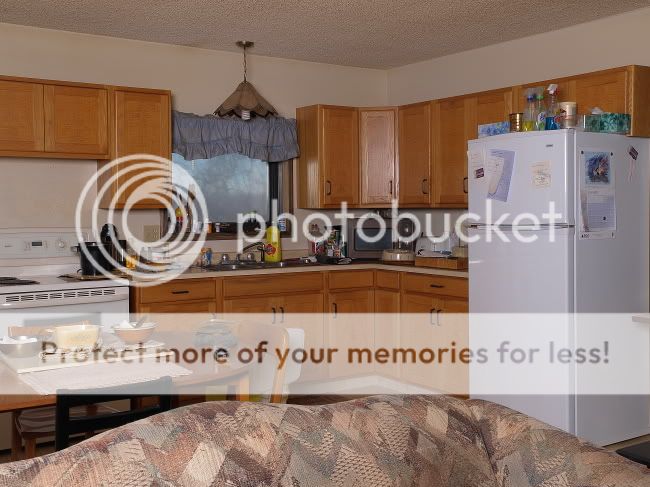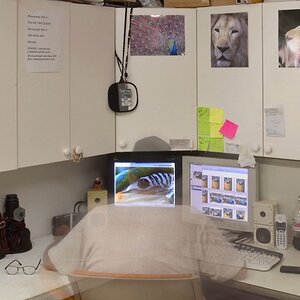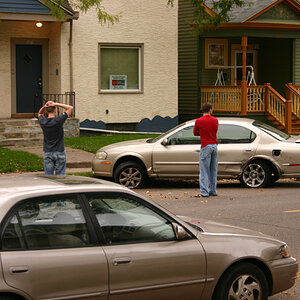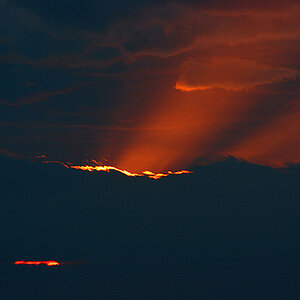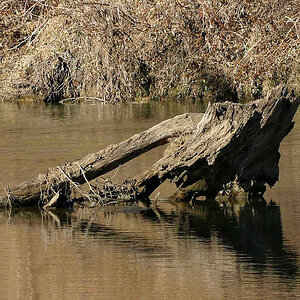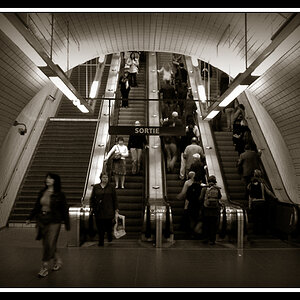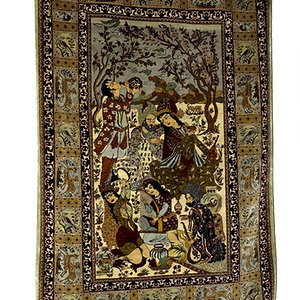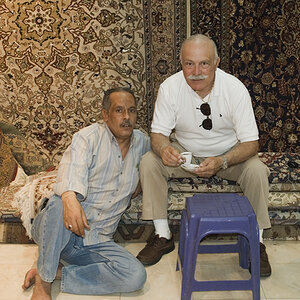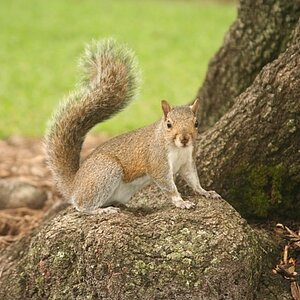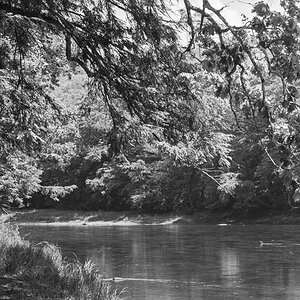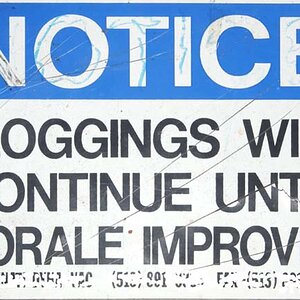MMeticulous
TPF Noob!
- Joined
- Aug 26, 2009
- Messages
- 29
- Reaction score
- 0
- Location
- Nashville, TN
- Can others edit my Photos
- Photos NOT OK to edit
Hello,
I need to shoot several small commercial interiors: banks, offices, warehouses, community centers, etc...
I've never shot commercial interiors before. In the past with residential interiors, I used 2 Smith-Victor 250w ECA Photoflood light stands.
I need MORE light than those two lights can provide for my commercial shoots, so I'm wondering whether I should buy a couple 500w photoflood stands to add to my collection, or whether I should totally change directions and buy a complete fluorescent kit instead. Smith-Victor seems to offer comparable wattage with Fluorescent Digilight kits.
My attraction to fluorescent is three fold:
Which type of light stands would everyone recommend (between the fluorescent digilights and the photoflood lights) for shooting interiors, as I've described?
I need to make this decision quickly, so I'm hoping that I can learn from someone elses experience instead of making a purchase that I later regret.
One concern I have with fluorescent, is whether it will really and truly put off as MUCH light as the photofloods. I need to be able to illuminate large areas. I guess color is a concern too, but I really don't know what is best.
Any feedback would be appreciated!
Thanks!
 Jeff
Jeff
I need to shoot several small commercial interiors: banks, offices, warehouses, community centers, etc...
I've never shot commercial interiors before. In the past with residential interiors, I used 2 Smith-Victor 250w ECA Photoflood light stands.
I need MORE light than those two lights can provide for my commercial shoots, so I'm wondering whether I should buy a couple 500w photoflood stands to add to my collection, or whether I should totally change directions and buy a complete fluorescent kit instead. Smith-Victor seems to offer comparable wattage with Fluorescent Digilight kits.
My attraction to fluorescent is three fold:
- The bulbs don't put off nearly as much heat.
- The bulbs last MUCH longer.
- I think the color temperature will be closer to what I will find in most commercial environments.
Which type of light stands would everyone recommend (between the fluorescent digilights and the photoflood lights) for shooting interiors, as I've described?
I need to make this decision quickly, so I'm hoping that I can learn from someone elses experience instead of making a purchase that I later regret.
One concern I have with fluorescent, is whether it will really and truly put off as MUCH light as the photofloods. I need to be able to illuminate large areas. I guess color is a concern too, but I really don't know what is best.
Any feedback would be appreciated!
Thanks!


